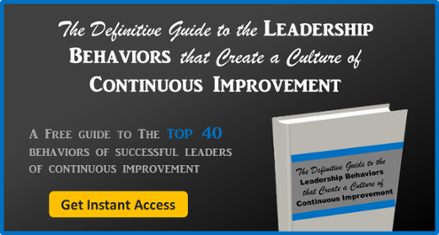 Linda Hill is a business professor and ethnographer who throws conventional leadership wisdom out the window with her approach to leading innovation. Her opinion is based on a decade of working directly with sixteen exceptional leaders of innovation in seven countries, in twelve industries. She looked for commonalities in their leadership styles for hundred of hours, and found that what great leaders of innovation do is not at all what we expect.
Linda Hill is a business professor and ethnographer who throws conventional leadership wisdom out the window with her approach to leading innovation. Her opinion is based on a decade of working directly with sixteen exceptional leaders of innovation in seven countries, in twelve industries. She looked for commonalities in their leadership styles for hundred of hours, and found that what great leaders of innovation do is not at all what we expect.
I encourage you to watch her 2014 TED talk “How to Manage for Collective Creativity.” In it, she shares the behaviors of the best leaders of innovation, and gives actionable advice for people looking to lead innovation better.
In case you don’t have time to watch the video, here are some of the highlights:
“Leading innovation is not about creating a vision, and inspiring others to execute it.”
“When many of us think about innovation, we think about an Einstein having an 'Aha!' moment. But we all know that's a myth. Innovation is not about solo genius, it's about collective genius.”
“Innovation is a journey. It's a type of collaborative problem solving, usually among people who have different expertise and different points of view.”
“In innovative organizations, they amplify differences, they don't minimize them.”
Individuals in innovative organizations learn how to inquire, they learn how to actively listen, but guess what? They also learn how to advocate for their point of view. They understand that innovation rarely happens unless you have both diversity and conflict.”
“Innovative organizations, they never go along to get along. They don't compromise. They don't let one group or one individual dominate, even if it's the boss, even if it's the expert. Instead, they have developed a rather patient and more inclusive decision making process that allows for both/and solutions to arise and not simply either/or solutions.”
“Leading innovation is about creating the space where people are willing and able to do the hard work of innovative problem solving.”
“Hire people who argue with you.”
“[Leaders in an innovative company] stopped giving answers, they stopped trying to provide solutions. Instead, what they did is they began to see the people at the bottom of the pyramid, the young sparks, the people who were closest to the customers, as the source of innovation. They began to transfer the organization's growth to that level.”
“Our role as leaders is to set the stage, not perform on it.”
“Our task is to create the space where everybody's slices of genius can be unleashed and harnessed, and turned into works of collective genius.”
“When many of us think about innovation, we think about an Einstein having an 'Aha!' moment. But we all know that's a myth. Innovation is not about solo genius, it's about collective genius.”
“Innovation is a journey. It's a type of collaborative problem solving, usually among people who have different expertise and different points of view.”
“In innovative organizations, they amplify differences, they don't minimize them.”
Individuals in innovative organizations learn how to inquire, they learn how to actively listen, but guess what? They also learn how to advocate for their point of view. They understand that innovation rarely happens unless you have both diversity and conflict.”
“Innovative organizations, they never go along to get along. They don't compromise. They don't let one group or one individual dominate, even if it's the boss, even if it's the expert. Instead, they have developed a rather patient and more inclusive decision making process that allows for both/and solutions to arise and not simply either/or solutions.”
“Leading innovation is about creating the space where people are willing and able to do the hard work of innovative problem solving.”
“Hire people who argue with you.”
“[Leaders in an innovative company] stopped giving answers, they stopped trying to provide solutions. Instead, what they did is they began to see the people at the bottom of the pyramid, the young sparks, the people who were closest to the customers, as the source of innovation. They began to transfer the organization's growth to that level.”
“Our role as leaders is to set the stage, not perform on it.”
“Our task is to create the space where everybody's slices of genius can be unleashed and harnessed, and turned into works of collective genius.”
To learn more about leadership behaviors that create a culture of continuous improvement, check out this free eBook:



Add a Comment